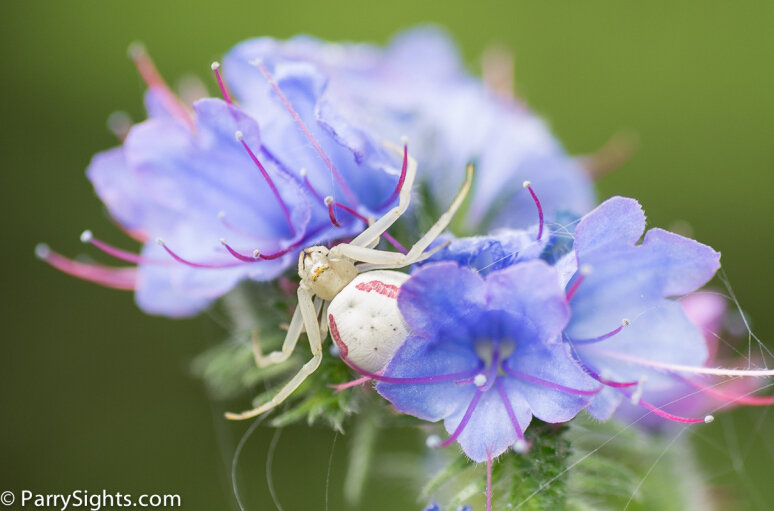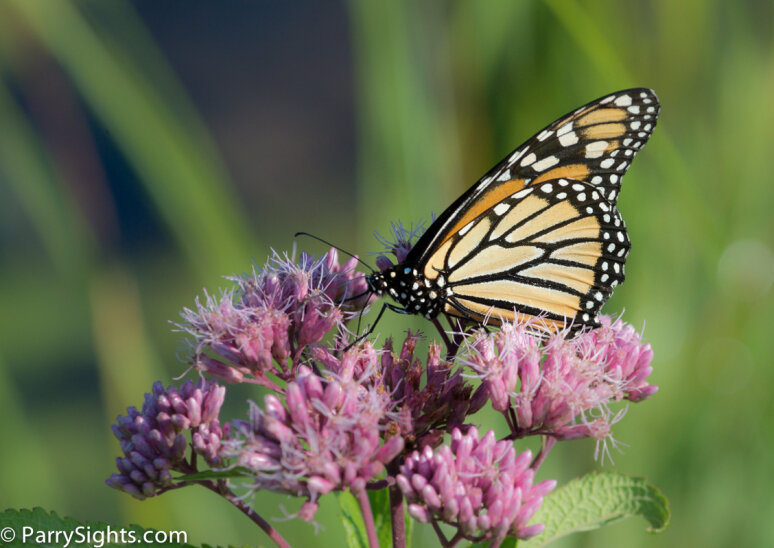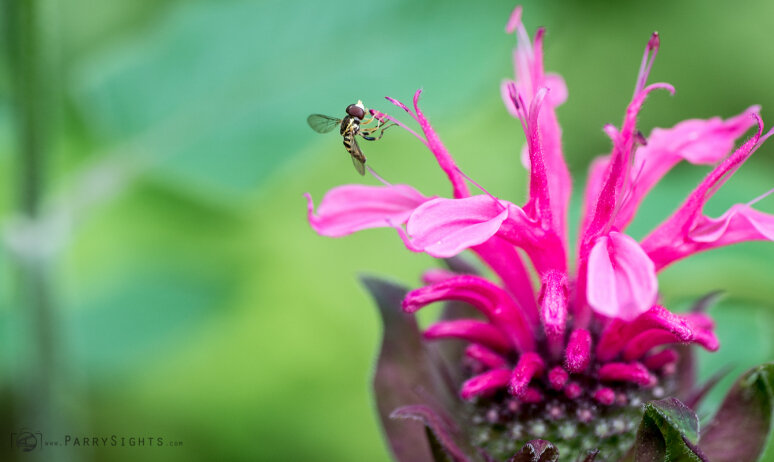Requirements for certification
A pollinator garden can be any size; from a grouping of containers on a deck or balcony to a rural acreage. There is no minimum size requirement, however nine square metres or 100 square feet, in one area or spread among different areas of a garden is ideal. Many pollinator plants need at least six hours of sunshine to produce flowers, but there are pollinator plants suitable for a shady garden. These usually flower in the spring before the trees leaf out.
Pollinator gardens can be residential or in school yards, community gardens, business and organization gardens. In order for a garden to be certified it must provide pollinators the basic necessities for survival: Food (for larvae and adults), water and shelter.
shelter
Bees, insects, butterflies, moths and birds all need a place to hide from predators. A dead pile of wood or a pile of leaves and hollow stems would provide shelter for many wood dwelling pollinators. An area of bare soil should be available for soil dwelling insects. Or build an insect nest box. There are many designs and plans for nest boxes or they can be purchased at garden centres.
Water
A source of water is necessary for pollinators to thrive in your garden. A shallow dish with water and some rocks in it is all that is needed. The water should be changed regularly to avoid mosquitoes hatching and clean water for the pollinators.
Best Practices
The following are suggestions for maintenance of a pollinator garden: No pesticides or herbicides should be used in the garden or on nearby lawns. Invasive plant species should be removed. Mulching helps to avoid the need to water as often. Thinning plants encourages more flowering and provides for more air around the plants, discouraging plant disease. Fertilizing with compost is also recommended as an alternative to store bought fertilizers.
Plants (Food)
The best plants, shrubs and trees for pollinators are native plants. Garden centres also sell nativars, which are cultivars of native plants and also provide nectar and pollen. A combination of plants which provide flowers in three seasons, spring, summer and fall is ideal. Perennial pollinator plants are best planted in groupings, 3 or more, as pollinators are attracted to groups of plants more than to single plants. Native shrubs provide food as well as shelter. Most native shrubs flower in spring or summer. A small garden can host a small tree, such as a Serviceberry, and larger gardens have space for larger trees. There should be at least 8 species of native pollinator plants in the garden.
Recommended Native Plants for our Region
Perennials for Sunny Conditions
Spring Flowering
Hairy Beardtongue - Penstemon hirsutus
Pussytoes - Antennaria neglecta
Summer flowering
Black Eyed Susan - Rudbeckia hirta
Coneflowers - Echinacea purpurea
Wild Bergamot - Monarda fistulosa
Bee Balm - Monarda didyma
Swamp Milkweed - Asclepias incarnata
Butterfly Milkweed - Asclepias tuberosa
Nodding Wild Onion - Allium cernuum
Giant Yellow Hyssop - Agastache nepetoides
Anise Hyssop - Agastache foeniculum
Tall Coreopsis - Coreopsis tripteris
Hoary Vervain - Verbena stricta
Fall Flowering
New England Aster - Aster novo-angliae
Early Goldenrod - Solidago juncea
perennials for partly sunny conditions
Spring flowering
Wild Geranium - Geranium maculatum
Wild Columbine - Aquilegia canadensis
Summer flowering
Black Cohosh - Actaea racemosa
Woodland Sunflower - Helianthus divaricatus
Sky Blue Aster - Aster oolentangiensis
fall flowering
Blue Stemmed Goldenrod - Solidago caesia
perennials for shady conditions
spring flowering
Early Meadow Rue - Thalictrum dioicum
Virginia Bluebells - Mertensia virginica
Wild Geranium - Geranium maculatum
False Solomon’s Seal - Maianthemum racemosum
Wild Ginger - Asarum canadense
Mayapple - Podophyllum peltatum
summer flowering
Canada Anemone - Anemone canadensis
Red Baneberry - Actaea rubra
Joe Pye Weed - Eupatorium purpurea
fall flowering perennials
Heart Leaved Aster - Symphotrochium cordifolium
small trees
Nannyberry - Viburnum lentago
Witch Hazel - Hamamelis virginiana
Serviceberry - Amelanchier sp.
American Plum - Prunus americana
Chokecherry - Prunus virginiana
Shrubs, ferns, grasses and sedges
Fragrant Sumac - Rhus aromatica
Ninebark - Physocarpus opulifolius
Gray Dogwood - Cornus racemosa
Purple Flowering Raspberry - Rubus odoratus
Shrubby cinquefoil - Potentilla fruticosa
Marginal Wood Fern - Dryopteris marginalis
Switchgrass - Panicum virgatum
Little Bluestem - Schizachyrium scoparium
Tufted Hair Grass - Deschampsia cespitosa
Plantain- leafed Sedge = Carex plantaginea
Is Your Garden Ready?
If you think your Garden meets our requirements and you are ready to apply for certification, fill out the form below. A Master Gardener will contact to you make arrangements for visiting your garden.










